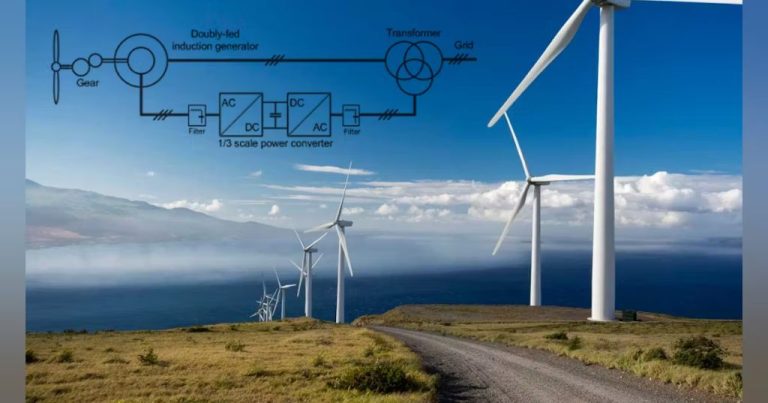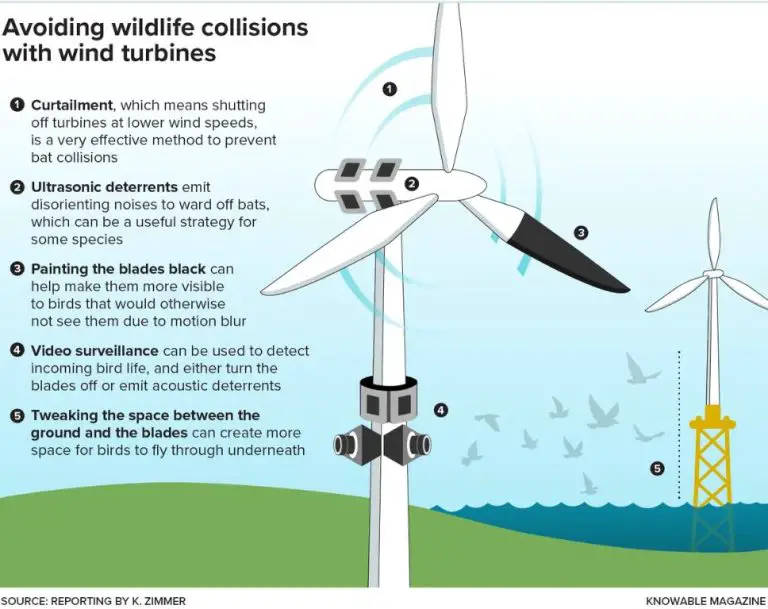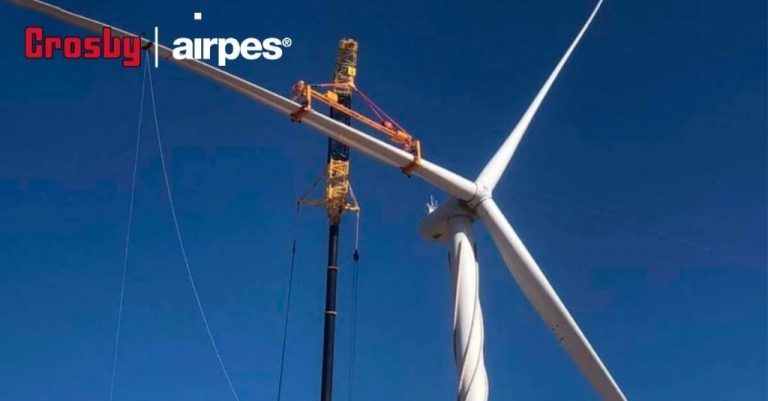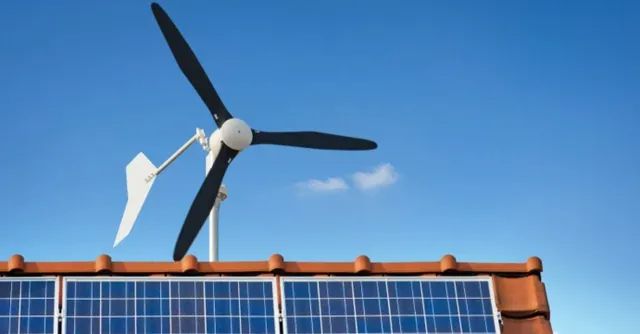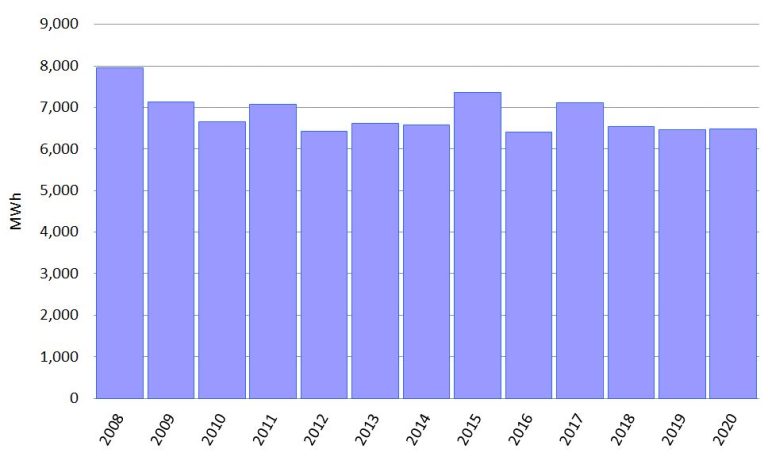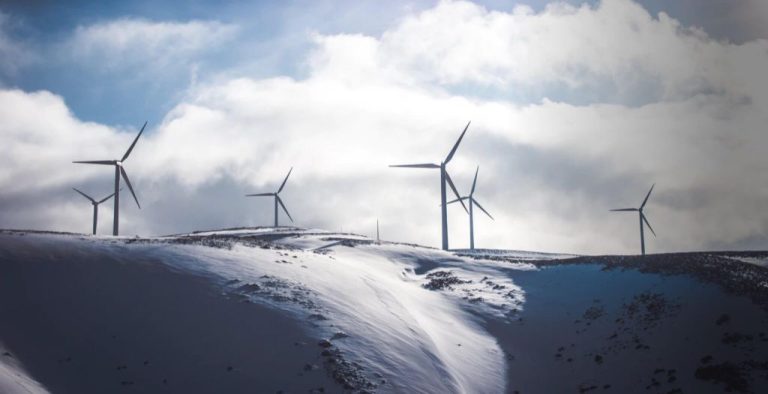Is The Wind Strong On Mars?
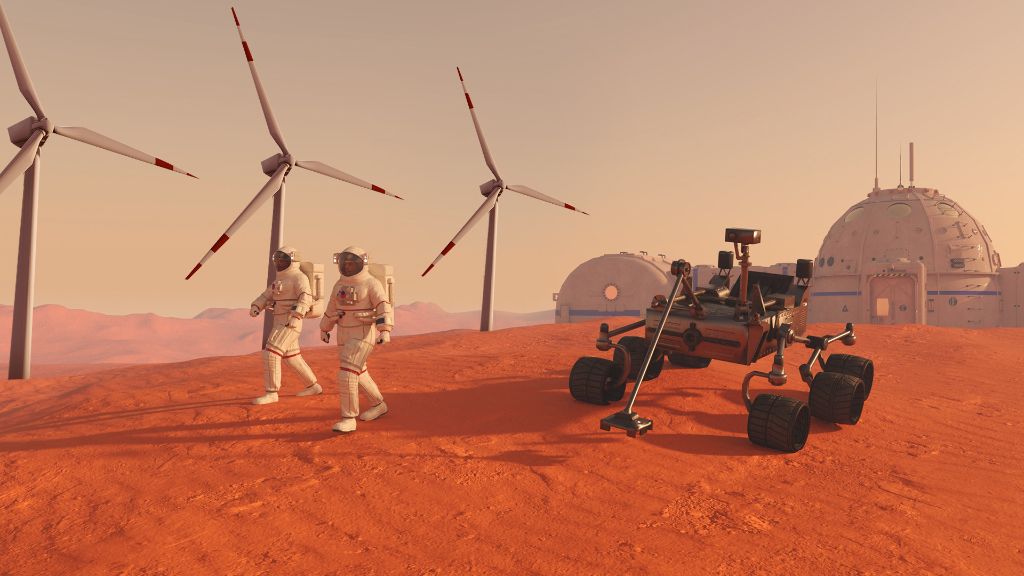
Mars has a very thin atmosphere composed primarily of carbon dioxide. The low atmospheric pressure on Mars, which is about 1% of Earth’s pressure at sea level, allows winds to blow faster and more forcefully across the planet’s surface. Winds are created similarly on Mars and Earth – they are the result of air moving from areas of high pressure to areas of low pressure. However, without oceans and trees to slow the winds down, gusts on Mars can reach up to 60 miles per hour, forming massive dust storms that engulf the entire planet.
Wind Speeds on Mars
The winds on Mars can blow fiercely at times, but the average wind speeds are actually not too severe. The typical wind speed at the surface of Mars is around 10-20 mph. This is similar to a moderate breeze on Earth. However, gusts can reach much higher speeds during dust storms. The strongest wind gusts recorded on Mars clocked around 90-100 mph. For comparison, some of the strongest hurricane-force winds on Earth have reached over 200 mph.
The thin Martian atmosphere allows winds to whip up more easily into gusts. Without much air resistance, winds can accelerate rapidly and reach very high speeds in short bursts. But the overall average wind speed remains relatively tame due to the calmer prevailing conditions on most Martian days.
Dust Storms
Dust storms are one of the most dramatic weather phenomena on Mars. They can engulf the entire planet and last for weeks or even months at a time. According to research by NASA, the winds that kick up dust storms on Mars can reach speeds up to 60 miles per hour, but are typically around 30-50 mph during a storm event (https://www.nasa.gov/solar-system/the-fact-and-fiction-of-martian-dust-storms/). Even though these wind speeds are less than half as strong as hurricane-force winds on Earth, they are powerful enough to lift the ultra-fine dust on Mars into the atmosphere.
The thin Martian atmosphere allows winds to pick up dust particles more easily compared to Earth. But what causes these winds in the first place? It’s a combination of Mars’ topography and how air heats up at different elevations and locations across the planet. As warm air rises and cooler air rushes in to replace it, this creates wind patterns and turbulence. Heating differences can be intensified by seasonal shifts as well. These winds are strongest around the equinoxes on Mars when the planet is closest to the Sun (http://large.stanford.edu/courses/2017/ph240/black1/docs/mersmann.pdf).
Differences in Wind by Location
Speed and direction of surface winds vary significantly by region on Mars. Winds are generally stronger in the southern hemisphere and during the southern winter and spring. The strongest surface winds are found in Arcadia Planitia, with gusts exceeding 100 mph. In contrast, winds in Gale Crater and Meridiani Planum are more moderate.
Studies during the Pathfinder, Phoenix and Curiosity missions revealed the lowest wind speeds in Gale Crater located near Mars’ equator, with average wind speeds around 10 mph. However by comparison, wind speeds observed by Viking Lander 1 in Chryse Planitia averaged 15-20 mph with gusts up to 60 mph during dust storm season. This variation is believed to be caused by regional and seasonal differences in atmospheric circulation (Martian wind – Mars Education – Arizona State University).
These regional variations are strongly influenced by Mars’ topography. Major basins and valleys like Arcadia Planitia act as funnels for strong winds. Meanwhile, winds at higher altitudes like Olympus Mons experience faster jet stream flows. Overall, Martian winds closely mirror the underlying terrain.
Causes of Strong Winds
There are several factors that contribute to strong winds on Mars such as topography, temperature differences, and seasonal changes. According to NASA The Fact and Fiction of Martian Dust Storms, the winds in the strongest Martian storms can top out at about 60 miles per hour. This is caused by large temperature differences between the cold polar regions and the warmer equatorial regions. The resulting temperature gradient causes strong winds to flow and whip up dust into enormous storms.
Topographical features like mountains and craters can funnel winds through valleys and basins, accelerating them to high speeds. For example, a 2018 study published in Nature Geoscience found wind gusts of up to 60 mph in the Gale Crater. The raised crater rim combined with the lower basin focuses and strengthens the winds.
Mars’ tilt and elliptical orbit around the sun also cause seasonal variations in wind patterns. During the fall and winter in the northern hemisphere, circulations transport dust from the southern hemisphere northward. Dust storm activity peaks at this time right before the summer solstice. According to an article on the ASU website Martian Wind, the difference in solar heating between the hemispheres generates cross-equatorial wind flows that can reach over 180 mph during dust storm seasons.
Effects of Strong Winds
The strong winds on Mars have significant effects on the planet’s surface. While the maximum wind speeds only reach around 60-100 mph, these winds are still forceful enough to move large amounts of dust and sand across the Martian landscape. According to research from Arizona State University, the winds can create massive dust storms that engulf the entire planet for weeks or months at a time Martian wind – Mars Education – Arizona State University. These planet-encircling dust storms can block sunlight from reaching the surface, affecting the temperature and visibility on Mars.
In addition to kicked-up dust, the winds can also erode rock and soil over time. Images from NASA spacecraft have revealed areas on Mars that show evidence of extensive wind erosion, such as sand dunes, ripples, and wind-carved channels known as fretted terrain. The winds blast exposed bedrock, wearing away at the Martian surface grain by grain. This process breaks down and smoothens geological features over time. Overall, the high winds distribute and shape the dust, sand, soil and even rock across the Martian landscape in significant ways.
Seasonal Differences
The Martian atmosphere undergoes dramatic changes between seasons, which leads to significant variations in wind patterns and strengths throughout the year. During the northern hemisphere spring and summer, Mars is closer to the sun in its elliptical orbit. The increased solar heating leads to higher surface temperatures, greater convection, and more energetic winds during this period.
In particular, dust storm activity peaks at northern summer solstice when regional storms become more frequent and intense. The dust absorbed during the day heats the atmosphere at night, fueling strong nighttime slope winds flowing down crater walls and canyons. Southern hemisphere fall and winter is the period of least intense winds and storms, as cooler temperatures result in less convection.
The effects are reversed when it is the southern hemisphere’s summer and Mars is farther from the sun. Complex terrain interactions between winds, dust, and radiation lead to variable seasonal changes throughout the planet. Understanding this seasonality allows scientists to better predict wind behavior at Martian landing sites.
Studying Martian Winds
Studying the winds on Mars presents unique challenges compared to measuring winds on Earth. With the extremely thin Martian atmosphere, traditional wind measuring instruments like anemometers cannot function properly. Scientists have had to develop specialized tools and techniques to measure wind speeds and directions on the Martian surface.
One method involves observing changes in the Martian landscape over time. Features like drifting sand dunes and erosional patterns can provide insights into prevailing wind directions and speeds that shape the surface (Martian wind – Mars Education – Arizona State University). However, this only provides indirect and limited data.
Direct wind speed measurements have been taken by a few Mars rover missions. Sensors on the Viking landers in the 1970s provided the first in-situ wind data. More recently, the Curiosity rover has been collecting detailed wind patterns and gusts using its Rover Environmental Monitoring Station (REMS) (Measurement of wind on the surface of Mars).
Orbital instruments can also measure Martian winds by tracking temperature patterns and atmospheric perturbations from above. These methods have mapped global wind patterns and revealed key details about atmospheric circulation (Measuring Mars Atmospheric Winds from Orbit).
By combining surface and orbital data, researchers are gaining a better understanding of the variable and complex wind activity on Mars.
Impact on Mars Missions
The strong winds on Mars can have significant impacts on robotic missions to the Red Planet. Mars rovers like Curiosity, Perseverance, Opportunity, and Spirit need to be designed to withstand the harsh winds during dust storms (according to Mars Education Program). Wind gusts can clock speeds over 60 mph, generating forces that could potentially damage equipment and expose electronics to abrasive dust. Even small dust particles can interfere with moving parts on a rover. During major dust storms, sunlight is blocked leading to reduced power generation from solar panels. This happened in 2007 to the Spirit rover and nearly ended its mission.
Landers are also affected by martian winds. According to a NASA article, dust storms pose a threat to future manned missions by damaging equipment and infrastructure needed for life support. Winds could rip away external structures. Dust settling on solar panels reduces their efficiency. Strong winds also kick up fine dust that can clog filters and get sucked into airlocks when astronauts exit habitats.
Fortunately, scientists can monitor dust storms using satellites and tweak rover operations to conserve power and avoid damage. But martian winds remain a key factor that spacecraft and future astronauts will need to endure.
Conclusions
As we have seen, the wind on Mars can be quite strong and unpredictable. The extreme dust storms that envelop the planet are testaments to the powerful Martian winds. While the atmosphere is much thinner than Earth’s, the winds can still reach speeds well over 60 mph in some areas. The many available studies of the Martian winds have revealed complex patterns and seasonal variations across the planet. Locations like the Hellas Basin experience particularly intense winds thanks to geographical factors. These winds have major implications for Mars missions, often complicating operations and limiting solar power. After reviewing the velocities, variability, causes, and effects of Martian winds, it is clear they can pose significant challenges. However, continued research and atmospheric modeling helps us better understand the planet’s complex weather. With patience and proper planning, strong Martian winds don’t have to be prohibitive obstacles.

